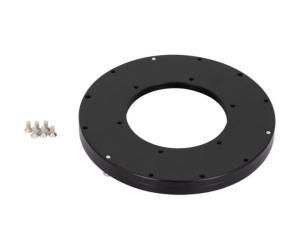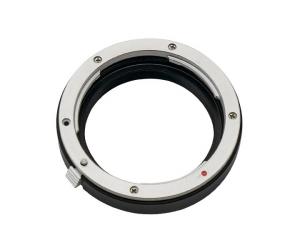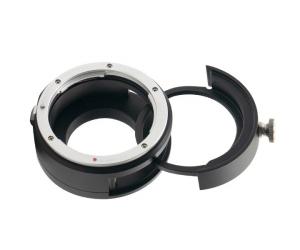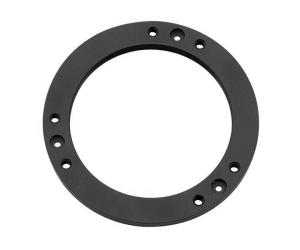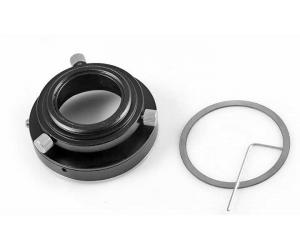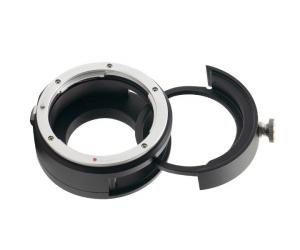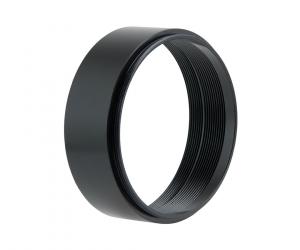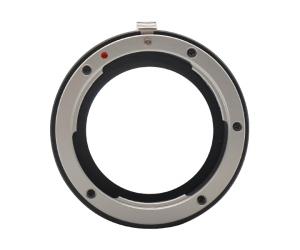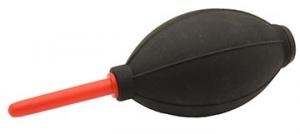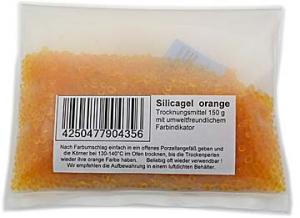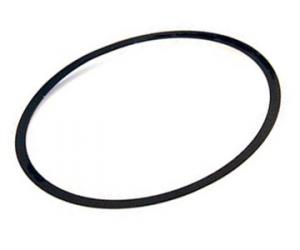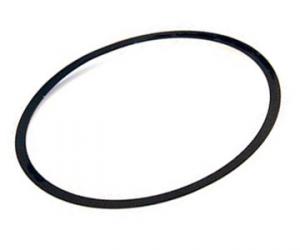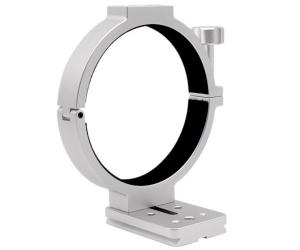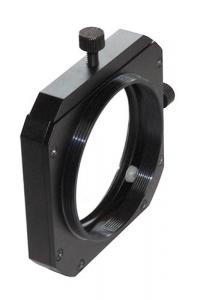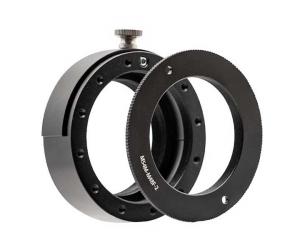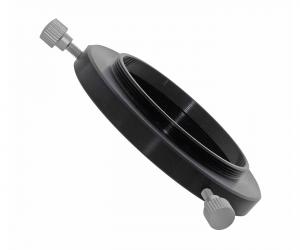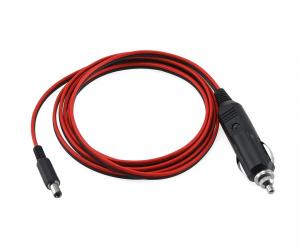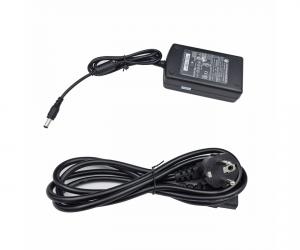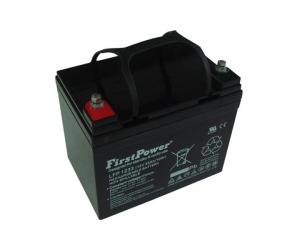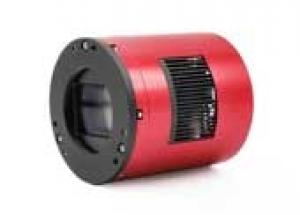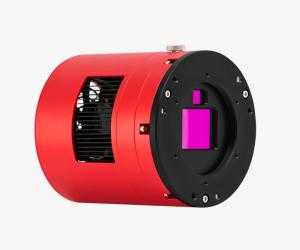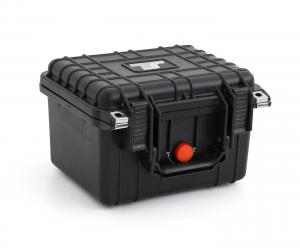- Telescopes
- Overview:
Telescopes - Achromatic Refractor
- Apochromatic Refractor
- Overview:
Apochromatic Refractor - ED Refractor - less color aberration than an achromatic
- SD APO - color free 2-element APO objective
- EDT APO - 3 element ED objective
- High End APO with 3-element APO objective - no color aberation
- Flatfield APO with flat field for Astrophotography
- All Apos and EDs from all manufacturers - large overview
- TS APO and ED from Japan with high quality optics
- Overview:
- Newtonian Telescopes
- Dobsonian Telescopes
- RC Ritchey Chretien Telescopes
- Casssegrain Telescopes
- Reflektor Telescopce with Lens Correcture
- Maksutov Cassegrain Telescopes
- GoTo Telescopes
- Solar Telescopes H-Alpha
- Overview:
- Mounts Tripods Rings Rails Power Supply ...
- Overview:
Mounts Tripods Rings Rails Power Supply ... - Mounts Equatorial with GoTo
- Mounts Equatorial without GoTo
- Mounts Azimutal with GoTo
- Mounts Azimutal without GoTo
- Mounts GoTo - Harmonic Drive
- Travel mounts for astro imaging
- Tripods Piers Polar Wedges
- Mount Control & Electronics
- Dovetail Clamps, Plates and Mount Adapters
- Tube Rings
- Power Supply
- Counterweights Balance Weights
- Mount Accessories - Other
- Overview:
- Telescope Accessories
- Overview:
Telescope Accessories - Eyepieces
- Barlows & Reducer Lenses
- Diagonal Mirrors and Prisms
- Binocular Viewers
- Finder Scopes
- Telescope Collimation and Test
- Cleaning Tools
- Transport and Storage
- Dust protection for Telescopes & Accessories
- Stray Light Protection
- Dewcaps and Heater
- Focusers, Adapters, Motorfocus
- Telescope DIY & Improvement
- Other telescope accessories
- Replacement Parts
- Overview:
- Filters
- Overview:
Filters - Color Filters and Color Filtersets
- Nebular Filters for Visual Observing
- Neutral-Density and Polfilter
- Photo Narrowband Nebular Filters
- Photo Broadband Filters
- Photo Planetary Filters
- Photo R-G-B and IR Cut Filters
- Photo - Filtersets
- Photometric Filters
- Clip Filter for DSLR Cameras
- Filter Wheels and Filterslider
- Solar Filters for white light
- Solarfilter for H-Alpha and Calcium
- Overview:
- Adaptors
- Overview:
Adaptors - Adapter 1,25" and 24,5mm
- Adapter 2"
- Adapter T2 - M42x0.75
- Adapter M48x0,75
- Adapter M54
- Adapter SC
- Adapter M63
- Adapter M68
- Adapter to other Threads
- Adapter Extensions
- Adapter camera bayonet
- Adapter Objective Filterthread
- Adapter Quick Changing , Rotation
- Adapter Eyepiece Projection
- Adapters Tilting
- Overview:
- Astrophotography and Photography
- Overview:
Astrophotography and Photography - Cooled Cameras
- Cameras without Cooling
- Deep-Sky Cameras uncooled
- Set-Offers Camera, Filter, Wheels
- Acessories for Cameras
- Travel mounts for astro imaging
- Imaging Correctors for Telescopes
- Autoguiding Cameras & Sets
- Everything for Guiding
- Focusing aids - Bahtinov mascs
- Flat Field foils and boxes
- Lenses for Cameras
- Piggyback Camera Holder
- Camera Bags, Photocases & more
- Digital Camera and Smartphone Adapter
- Other photo accessories
- Overview:
- Binoculars, Spotting Scopes, Microscopes, Range Finders
- Overview:
Binoculars, Spotting Scopes, Microscopes, Range Finders - Spotting Scopes and Acessories
- Roof Prism Binoculars
- Binoculars with Porro prisms
- Binoculars from 100mm Aperture
- Binoculars with 1,25 inch eyepieces
- TSMX APO Binoculars
- Binoculars for Astronomy
- Binoculars Hiking Bird watching
- Monoculars - Opera Binoculars
- Accessories for Binoculars
- Range Finders
- Microscopy
- Bags for Phototripods & Binoculars
- Overview:
- Phototripods and Binomounts
- Books, Software
- Overview:
Books, Software - Books for Astronomy Beginners
- Star Charts and Planispheres
- Books about our Solar System
- Observing Tips for Amateurs
- Popular Astronomy Literature
- Teaching material
- Astrophotography books
- Telescopes, Observatories, Construction
- Calendars Yearbooks
- Software, Star Charts
- Books for Microscopers
- Books Nature and Animals
- Nature Photography TimeLapse
- Overview:
- Night Vision, Magnifiers, Weather, Domes & more
- Beginner Astronomy and Gift Ideas
- Second Hand & Special Offers
- New products
Manufacturer: ASI - ZWO
Product number: ASI2600MM-DUO
EUR3590.00new
EUR 3.590,00
incl. 19 % VAT (DE)
The VAT indicated refers to that applicable in Germany. After logging in, the VAT amount is adjusted to the applicable VAT of the stored delivery country. Therefore, the final price may vary accordingly.
excl. 6.95 € shipping costs (DE)
more details to the shipping costs ...Please log in to calculate shipping costs to your country.
There are no reviews for this product
- Details..
- Technical data..
- In the box..
- FAQ..
- Manufacturer infos..
- Safety informations..
ASI2600MM Duo - APS-C monochrome camera with integrated guide sensor
The ASI2600MM Duo combines imaging and guiding sensors in one compact body. The main sensor is the Sony IMX571 coming with a native 16-bit ADC, 14 stops dynamic range, and 3.76 µm square pixels. The readout noise is as low as 1.0 e, and the full well capacity reaches an incredible level of 73 ke. And it has no amp glow!The guide sensor is the type SC2210 with excellent NIR sensitivity. The sensor size is 7.68 mm x 4.32 mm. It has 4 µm x 4 µm pixels with an array of 1920×1080 and a full depth of 8780 e.
The stars on the corner of the guide images affected by reducers back focus distance might not be completely round. It is not due to the sensor tilt and will not affect normal use.
Two-in-one design
Thanks to the compact design, the ASI2600MM Duo only needs one USB cable for control. It reduces potential cabling issues and simplifies setup. You don´t need a separate OAG and guiding camera.
Main sensor
The IMX571 main sensor in APS-C format has a total of 26 megapixels. The size is 23.5 mm in width x 15.7 mm in height, and the diagonal is 28.3 mm. The 3.76 µm x 3.76 µm small pixel size accommodates an impressive full-well capacity of up to 73 ke.
Guide sensor
The SC2210 sensor taken from the ASI220MM mini camera is characterized by a very high sensitivity. The QE peak value reaches 92 % at 500 nm. The readout noise is only 0.6 e. As the new generation of guiding sensor, it has achieved great results in guiding, which have been confirmed by hundreds of astrophotographers.
Features
STARVIS technologyASI2600MM DUO is based on Sony´s STARVIS technology. Sony´s back-illuminated CMOS image sensor improves sensitivity and noise reduction - the key factors to enhancing image quality.
Native 16bit ADC
This 16-bit ADC is not a CCD 16-bit ADC. It can really achieve a dynamic range of 14 f-stops, which significantly improves image sharpness and contrast, and also allows smoother and more natural color transitions.
FPS
ASI2600MM Duo´s max FPS in RAW 8 mode at full resolution is 15 fps.
Extended full well mode
The full well capacity of ASI2600MM Duo is extended to 73 ke.
USB 3.0 & 512 MB DDR3 buffer
With the combination of USB 3.0 and 512 MB DDR3 buffer, the ASI2600MM Duo provides stable and secure data transfer that can effectively prevent frame-dropping issues.
No amp-glow
Conventional CMOS sensors produce a faint infrared light source during operation quite often seen in the corner of uncalibrated images. This is the tell-tale sign of amp glow. As the ASI2600MM Duo uses zero-amp glow circuitry, you won´t have to worry about amp glow even when imaging with high gain and long exposure time.
QE (Quantum efficiency)
Based on ZWO´s testing results, the QE peak value of ASI2600MM Duo is over 91%.
Two-stage TEC cooling
Thanks to the two-stage TEC cooling, ASI2600MM Duo can lower the temperature of the CMOS sensor to more than 35 degrees Celsius below the ambient temperature, which can significantly reduce the generation of dark current and sensor noise even with longer exposure times.
The delta T of 35 °C was determined at an ambient temperature of 30 °C. It can decrease if the cooling system is in operation for a longer period of time. If the ambient temperature drops, the delta T also drops.
Dark current noise
The dark current noise of the ASI2600MM Duo is extremely low. Even with moderate cooling, you get a very low-noise image.
Anti-dew heater
The ASI2600MM Duo camera contains a polyimide heater. It can help to prevent any possible dew or icing issues, depending on the environment in which you capture images.
The power of the heater is about 5 W. You can switch it off anytime in your photography software if you want to save power.
Important: external power supply required!
This camera requires 1 amp even in uncooled operation, which is a problem for USB sockets on computers, because they are only rated for 900 mA (0.9 A).Stable operation of the camera is therefore only possible with an external 12 V power supply unit.
Optimal support before and after the purchase through Teleskop-Service:
We work with the cameras ourselves and can offer you optimal advice. Which camera fits to your telescope, how do you achieve the optimal adaptation? Teleskop-Service is one of the largest ZWO dealers. Through our contacts we also offer the best possible service after the purchase.Practical tip 1 from TS: Integration of 2" filters, 360° rotation and quick coupling
The camera is often used on correctors that do not have a filter thread. In addition, the filters should always be used as close as possible to the camera. Here we offer you a solution that can do much more.The adaptation is very simple, the 21 mm T2 extension is replaced by:
One tuning ring comes to the camera side, one tuning ring comes to the telescope side of the rotator. Then screw on the M42-M48 adapter with 16.5 mm length and you are in the right distance with the camera.
Practice tip 2 from TS: Connection of camera lenses
The manufacturer gives, see seventh picture, instructions for the direct connection of Nikon F or Canon EOS lenses, but does not have the suitable adapters in the product range anymore. However, you can get into focus with an adapter that fits the lens mount and is available from TS, and an extension ring.In addition to the lens, you will need
If you want to use a filter (2"), the filter drawer matching the lens mount is the more elegant solution:
Adapters, extension ring and filter drawers are linked in the accessory recommendations.
Practical tip 3 from TS: Storage of cameras and accessories
Especially in our latitudes, the nights are often very humid. This humidity condenses on your camera, eyepiece or filter when they come into the warm interior of the apartment. Especially cooled cameras are affected by this. Quickly a photo session is over because the sensor ices up.Good storage is an important prevention against dew and also extends the life span.
After use, put the camera immediately into the TS Protect Case and add some silica gel. During storage, the silica gel absorbs the moisture from the camera. At the same time, the penetration of humid room air is prevented. Dry storage even allows the small dry tablets in cooled cameras to partially regenerate. Your camera or accessories are always ready for you in optimal condition. You can find the silica gel and the case in our product recommendations.
The cameras are not airtight, so if the camera remains on the telescope, it is exposed to moisture. The small amount of desiccant in the camera can protect the sensor and the inside of the protective glass from moisture for the duration of the exposure, but not for days on end. Moisture problems can be the result. A simple trick is to stretch a plastic bag around the focuser to which the camera is attached so that no air can get in. Silica gel is placed in a small cloth bag inside the plastic bag. This will also create a "dry climate zone" for the camera on the telescope. This allows you to leave the camera on the telescope for a few days for an imaging session lasting several days.
In the medium and long term, however, this is no substitute for proper storage in an airtight case with silica gel.
Practical tip 4 from TS: Guiding without ST-4 Port
This camera has no ST-4 autoguider port, so you have to connect the mount directly to the PC. Here is a table which lists cables and matching hints for some mounts:
Downloads, drivers:
ZWO provides software and drivers online for free download.Software and drivers for all ZWO cameras
Frequently asked questions about ZWO cameras:
The FAQ area is constantly updated by ZWO, here you will find answers to many questions.FAQ about ZWO cameras
ZWO Users Forum
Manuals for ZWO products:
The manuals page is constantly updated by ZWO, here you can find user guides for ZWO products.Link to the manuals
How to clean my ZWO camera:
The manufacturer provides a manual that covers how to clean an ASI camera and regenerate the desiccant tablets: Please click here.| Sensor: | Sony IMX571 (back-illuminated CMOS monochrome sensor) |
| Sensor size: | 23.5 mm x 15.7 mm, diagonal 28.3 mm |
| Pixel size: | 3.76 µm |
| Resolution: | 26 megapixels |
| Pixel array: | 6248x4176 pixels |
| Exposure Range: | 32 µs to 2000 s |
| Frame rate: | up to 15 fps |
| ADC: | 16 bit |
| Cooling: | Powerful Peltier cooling - 35 °C below ambient |
| Full well: | 51 ke-, up to 73 ke- at extended full well mode |
| Readout noise: | 1.0 to 3.3 e- |
| Sensitivity: | Peak 91% QE |
| Zero amp glow design: | Yes |
| Window type: | AR window |
| Anti-dew measures: | Anti-dew heater, 5 W, can be turned off |
| Data interface: | USB3.0 (USB2.0 compatible) |
| Power consumption: | 12 V, 3 A (5.5/2.1 mm, power supply not included) |
| Guide sensor type: | SC2210 |
| Dimensions: | 7.68 mm x 4.32 mm |
| Pixe size: | 4 µm x 4 µm |
| Resolution: | 1920×1080 pixels |
| QE: | 92% at 500 nm |
| FWC: | 8780 e- |
| Readout noise: | 0.6 e- |
| Telescope connection: | M54x0.75 female thread |
| Working distance from female thread to sensor: | 17.5 mm |
| Diameter: | 90 mm |
| Length: | 97 mm |
| Weight: | 0.8 kg |
Question:
How to guide with the ASI2600 Duo?
Answer from Teleskop-Service:
To be able to guide with the ZWO ASI 2600 Duo without ST4, you need a direct cable connection between the mount and the PC.
Depending on the mount type, there are different cables that make this possible. Usually it is a USB type B cable to USB A. Then you need to install the appropriate ASCOM drivers to be able to control the mount. You can then use a guding program such as PHD2 to select the mount with the appropriate ASCOM driver and the camera as the tracking device. In parallel, you can then take pictures with the large IMX571 chip in a recording software.
| Manufacturer / Importeur: | Teleskop-Service Ransburg GmbH |
| Street: | Von-Myra-Str. 8 |
| ZIP / City: | 85599 Parsdorf |
| Country: | Germany |
| Telefon number: | +49 89 99228750 |
| Email: | info@teleskop-service.de |
| Website: | www.teleskop-service.de |
Safety informations: PDF Download
Recommended accessories
Adaptation Suggestion
Adaptors
Cleaning & Collimating
Customers who bought this product also bought...
General Accessories
Photo Acessories
TS-Optics M54 Filter Drawer for 50mm and 50.4mm unmounted filtersTS Filter Drawer for...
EUR 89,00RRP EUR 99,00you save 10.1% (EUR 10,00)
Power Supply
Similar Products
ZWO MONO Astro Camera ASI 2600MM-PRO cooled, Sensor D= 28.3 mm
EUR 2.190,00RRP EUR 3.150,00you save 30.5% (EUR 960,00)
ZWO Color Camera ASI2600MC Duo - Sensor D=28.3 mm - with Guiding Sensor
EUR 2.890,00RRP EUR 3.390,00you save 14.7% (EUR 500,00)
Transport & Covers
TS-Optics Protect Case waterproof hard case - width 271 mm
EUR 34,98RRP EUR 44,95you save 22.2% (EUR 9,97)
Reviews




























